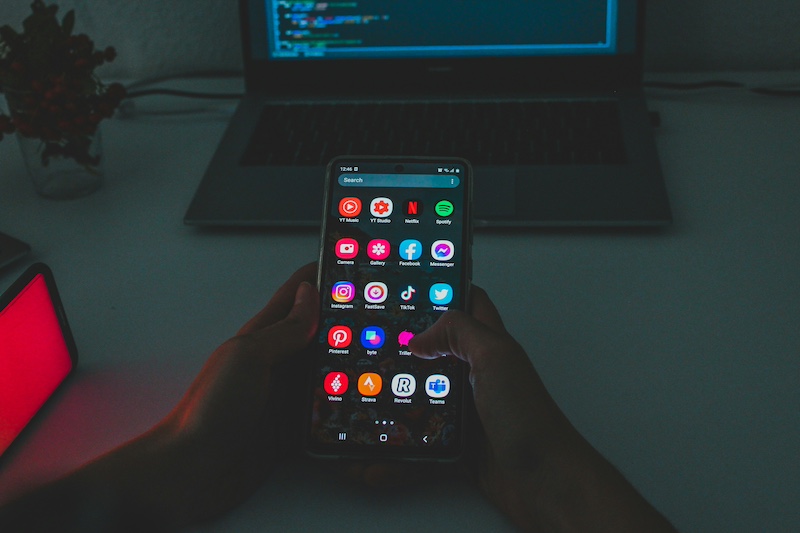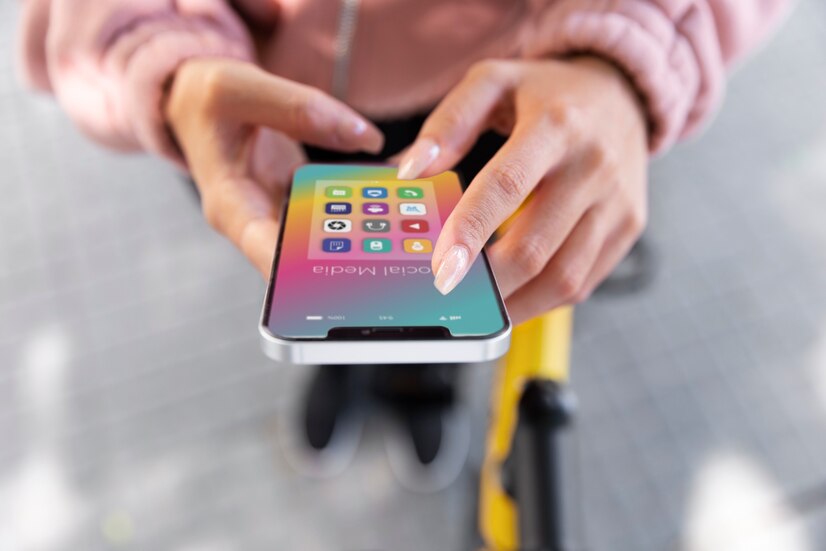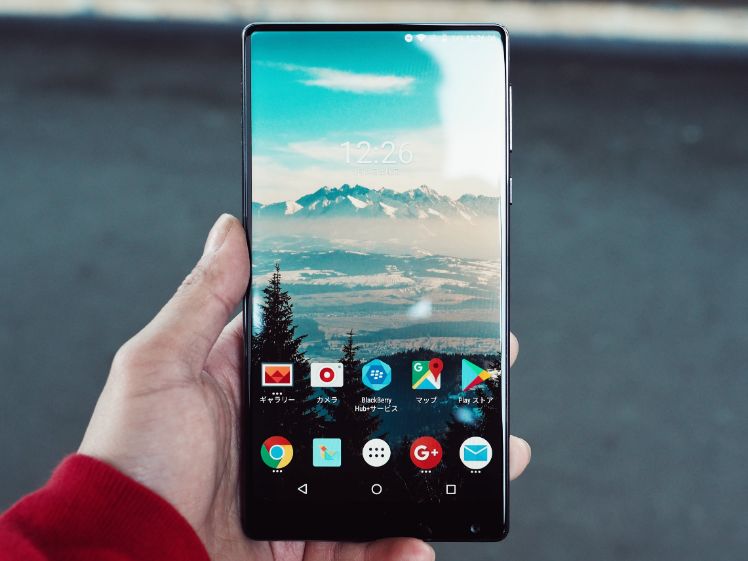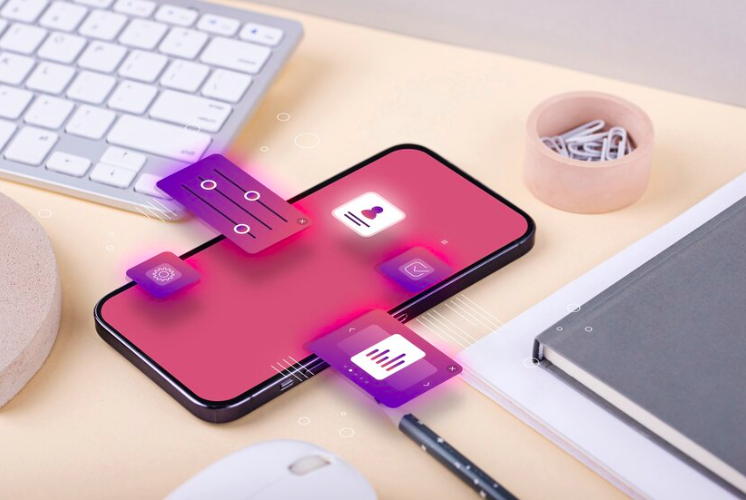Apple launched its smartwatch to the markets just a few months ago. The arrival of Apple Watch has opened the way for a new style of designing mobile devices. It has brought about a radical change in app design which many players in the industry yet don’t know how to deal with. For this reason, we want to gather all possible information on the matter to ensure you will be ready to deal with the torrent of Apple Watch app projects that is soon to come.
We will analyse the features incorporated and movements allowed by Cupertino’s smartwatch before discussing the ‘dos and don’ts’ in Apple Watch design. Let’s learn about this smartwatch from scratch:
How does Apple Watch work?
Even though Apple Watch, iPhone and iPad share the same ‘parents’, there are slight differences to be found as for their basic operation and the way users interact with them. In this case − for instance − the multi-gesture movement is not contemplated. This movement consisted of ‘pinching’ the screen to expand its contents by zooming in. We can no longer do this. However, we can perform other actions like:
- Tap: this movement is well known. It’s equivalent to clicking on touch-screen devices.
- Swipe: this movement has now another function in addition to sliding screens. It also shows the smartwatch’s options (such as notifications or glances).
- Force Press: this is a new movement envisaged for Apple’s smartwatch. It’s a commonly used movement in Android mobile devices but not in iOS. It’s as simple as extending a ‘tap’ movement.
- Apple Watch exclusive movements: in this case, we deal with wrist movements. We can see notifications or unlock the device by raising our wrist and keeping it up. Similarly, we can block it by lowering it.
App design elements
Notifications are one of the most outstanding elements when studying and defining a good app design since they will be seen by the user every day. Notifications in Apple Watch are very similar to those in iPhone and we can also interact with them and even configure them. There are two kinds of notifications. The first kind are known as short look notifications and are those that are shown to us summarised so we may catch the idea they convey at a glance. They should be short, simple and rely on icons. The second kind is known as long look notifications, are longer and provide more details; we may even have to scroll down the screen when reading some of them.
On the other hand, we come across the so-called glances. They are optional for the app and are very similar to widgets found on Android. They provide static information with which we cannot interact. Taping on the glance will launch the app selected.
App clusters are another thing to keep in mind when designing apps for Apple Watch. In Apple’s smartwatch, application clusters can be shown vertically, horizontally or nested with each other as occurs in iPhone.
Navigation must also be taken into account as an essential aspect of design and as especially relevant for achieving adequate user-friendliness and user experience. Navigation within the wearable device may follow two different approaches:
- Hierarchical: by this, we mean sequential navigation in which we access an item to explore its lower levels. An example of this is when we select a particular application from an app cluster to interact with it.
- Paginated: by this, we mean navigating between items that share the same hierarchical level, such as images or glances.
One of the most significant and surprising changes in iOS has been the turning point taken in typography. Until now, we were accustomed to the omnipresence of the Helvetica Neue font. However, its ‘glory’ might be a thing of the past. It seems that the new San Francisco font has landed in Apple Watch not only to stay but also to have a prominent role in new Apple devices. This new font has been designed for enhanced readability in digital displays, especially for small displays such as the one in Apple Watch.
5 Pieces of advice on app design
After seeing what aspects must be taken into account when designing mobile applications for this new device, we will discuss a number of instructions and recommendations that we − in Yeeply as a whole − believe will come in handy if you want to create a useful wearable app.
- Icon design: it’s one of the most important things in order to obtain downloads in the first instance. The icon should be very simple. But it should also be similar to the one designed for the iPhone and iPad. We will have to simplify it to the maximum extent, optimising it to match the smartwatch’s size. Circular icons are the current dominant trend. In the image below we can see some examples of icons that have been adapted to Apple Watch:
- Iconography and colour: having colours and icons that are distinctive and not subject to misinterpretation is more important for Apple Watch than for other mobile devices. The screen’s small size will not be an ally to any kind of details, so the colour scheme should be focused on optimising readability. Likewise, drawings and icons included in the app’s design must also be well defined, kept simple and without excessive detail.
- Interaction and user-friendly design: the premise of simplicity also applies here. We will have to limit interaction to the very basics even if this means limiting the app’s possibilities. We must remember that our app should not be like an app designed for a smartphone or tablet: it has to be adapted to be used on a wearable device. Text editing apps − for instance − do not make much sense in a device such as Apple Watch since users are not going to write or create a large amount of content on it. In fact, Apple Watch’s guidelines for developers advise that interactions with the device should be limited to 30 seconds or preferably less. The challenge has a lot to do with the ability to seek simplicity. And this brings us to the next piece of advice…
- Working in the right context: a well-designed Apple Watch app must be adapted to its context. An app conceived for a wearable device will never work the same way as its smartphone counterpart; it will have to adapt to the context defined by the wearable device. A good example of how to achieve this is an application that Evernote has been developing for Apple Watch. The app conceived for Apple Watch − very much unlike the app created for Samsung Gear − has focused on the context. How? It makes good use of notifications and is launched when the user needs it, for instance. If you took a picture of your car in an airport’s or a train station’s parking lot to remember its location, the app will notify you with such information when you come back from your trip. Even though this may be more complex at a mobile app development level, the app’s usefulness will increase exponentially − and the same will happen to its engagement.
- Speeding up all processes: in addition to the app’s interaction speed, quick response time must also be achieved by the development team to resolve issues and errors related to the mobile app. The same applies to implement user needs and optimising the app to match what people use in real life. If your Apple Watch app includes a feature that nobody is using, just remove it.








